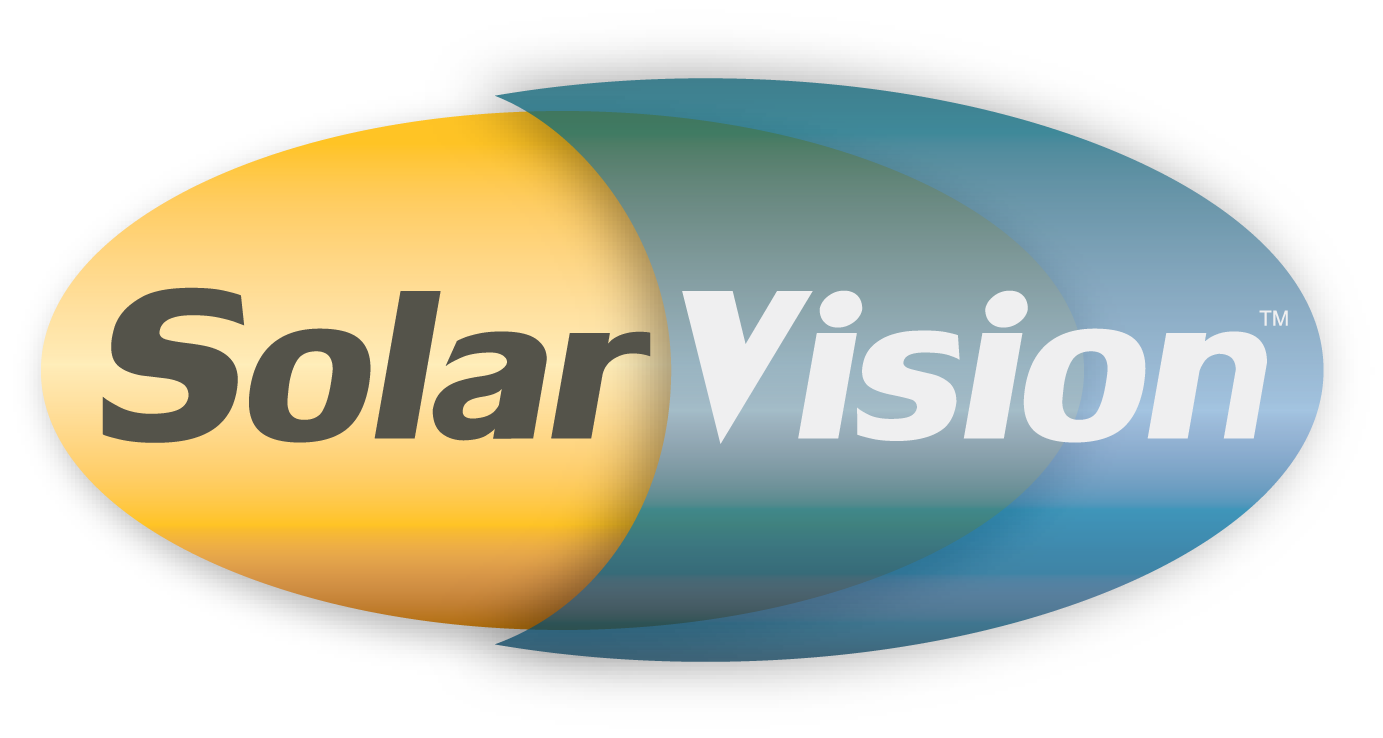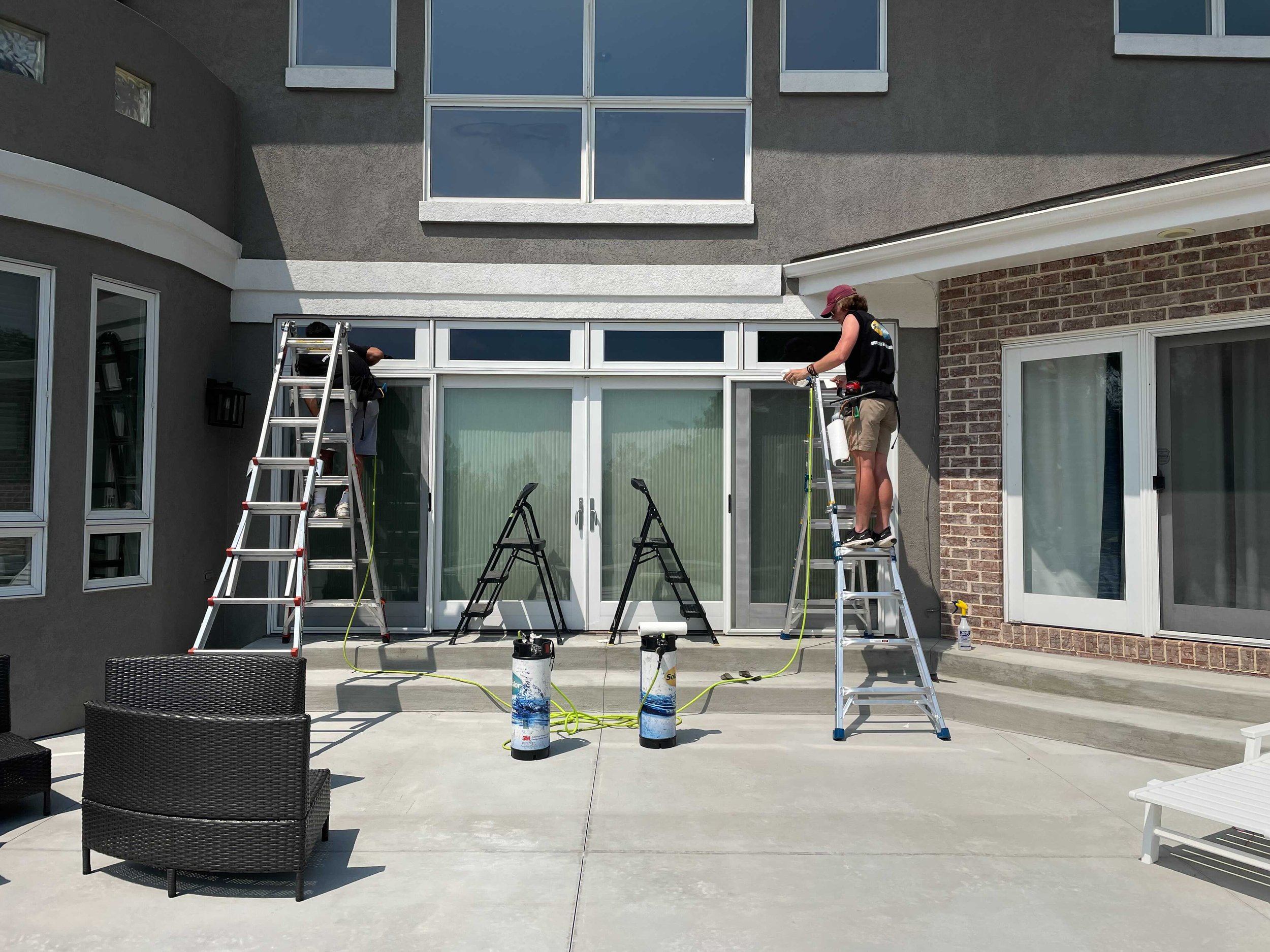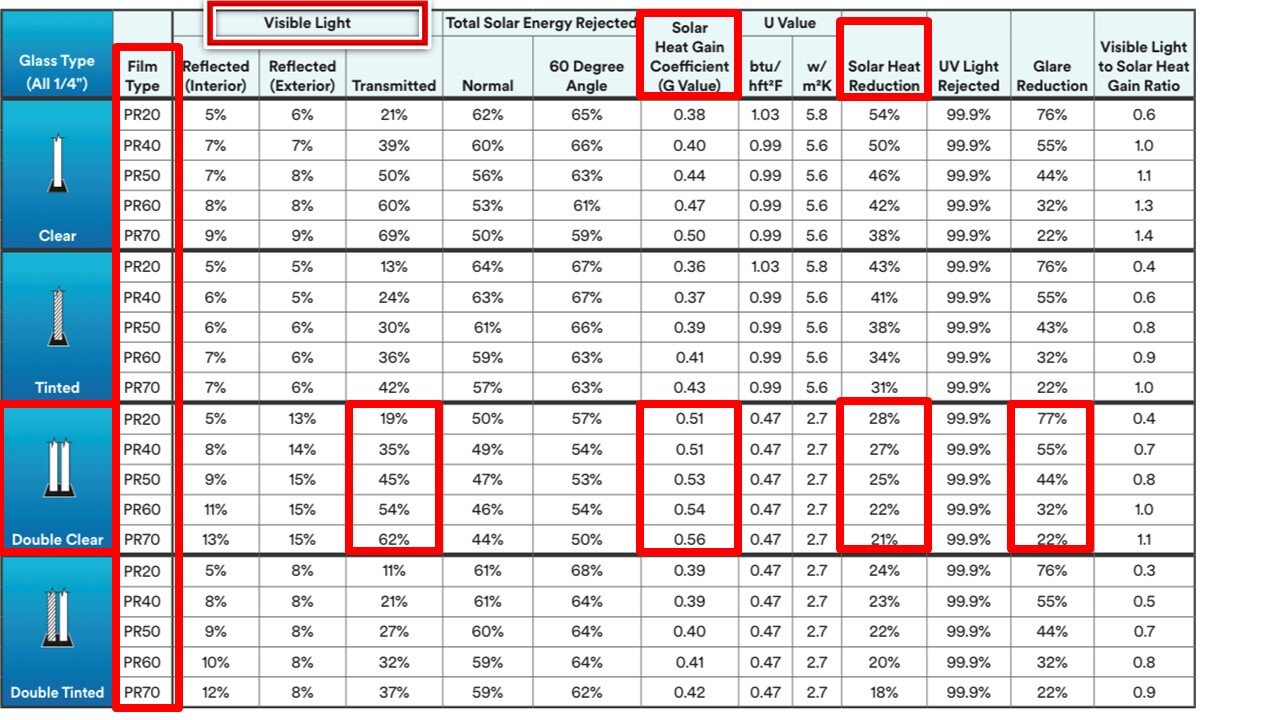Exterior Prestige 20 on Statehouse Restaurant in Commerce City, CO
In a recent Sales Meeting we had a discussion about creating some marketing material we could send out to customers weighing the options of our Interior Prestige Window Films vs. our Exterior Prestige Window Films. We wanted to have a simple answer or solution for our customers that would make it easy for them to decide which film product they wanted. However when weighing the pro’s and con’s it was easy to see that Exterior Film will almost always be the answer.
While I love our Interior Window Films, and a 20%-43% heat reduction is nothing to balk at, it’s difficult to convince someone that this is a better option than an exterior product that will provide a 59% heat reduction, because it isn’t. If heat, and wanting to reduce your solar heat gain are the main issue for you, than an exterior film will almost always be the way to go.
Now that I have you hooked on the idea of an exterior film, what would be some reasons to go interior. Well there are a few. Exterior Window Films are applied outside in the elements. In Colorado this means we have approximately 6-7 months to complete these installations. And the conditions need to be good. Think of a nice Colorado day with low wind and no rain or snow. That’s what we need. Check out our Exterior Window Film brochure for more detailed information on the requirements we need for a clean installation.
Other reasons could be French Paned windows, or Wood Framed Windows. These are not good candidates for exterior window films. The intricacies of these windows require a clean indoor climate to attain IWFA visual quality standards.
3M Exterior 40 application in Aspen, CO
There is also cost and warranty. Exterior Window Film is more expensive than interior, this is due to the cost of the materials, and the additional time needed to install these films safely and correctly. Exterior Window Film warranties are for 10 years, vs. an Interior Film Warranty which can be up to a Lifetime for residential customers.
Many times heat may not be a huge issue, but fading is. In that case, one of our interior films will work great for you. All window films reduce 99% of the UV Rays whether they’re dark and reflective, virtually clear, or on the outside, you’ll get fade protection regardless of the product you choose.
Well there you have it. This is wordy, I know, but I feel we have need to be forthright with our customers, and if you want heat reduction, exterior is probably the way you want to go.
If you have any questions about our Window Film Products and services, please don’t hesitate to call or email us at info@coloradosolarvision.com or 303-862-6376.
You can also visit our Solar Control Window Film page to access data, and warranty information.
Solar Heat Reductions are not absolute. These are estimates based off of a standard clear double paned window with an approximate solar heat gain coefficient of .70 prior to having window film applied.
Alex working hard applying Exterior Prestige to a home in the Denver Metro area.
3M Exterior 40 going on Regis Jesuit High School in Aurora, Co
Exterior Prestige 40 on home in Commerce City, CO














